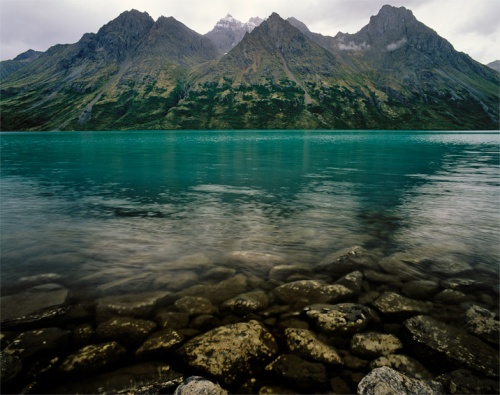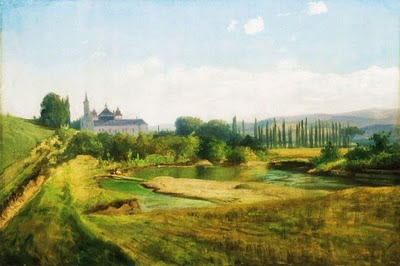History of Romanticism.

Caspar David Friedrich – Wanderer Above the Sea of Fog 1818
Romanticism is also known as the romantic era or romantic period was a major art movement in European art that originated during the 18th century. It was a reaction to the social, political and aristocratic norms of the Enlightenment. It was also seen as a movement that rejected the typical ideas of order, calm, harmony, balance, idealization, and rationality of Classicism and Neo-classicism.
Romantics celebrated the spontaneity, imagination, and the purity of nature. Along with these elements it also incorporated a deep feeling of emotion as an authentic source of experience which put new emphasis on emotions such as apprehension, horror and terror, and awe.
Romanticism went beyond the Classicist ideas and began to reach a new medievalism idea of art and narrative to escape from the confines of population growth, urban sprawl, and industrialism.
The movement embraced the exotic and unknown and went on the idea of the imagination of being this place where you could envision and escape. It placed high value on the achievements of ‘heroic’ artists and individualists whose pioneering examples, it believed would raise the standard of society. (Wikipedia, Romanticism)






